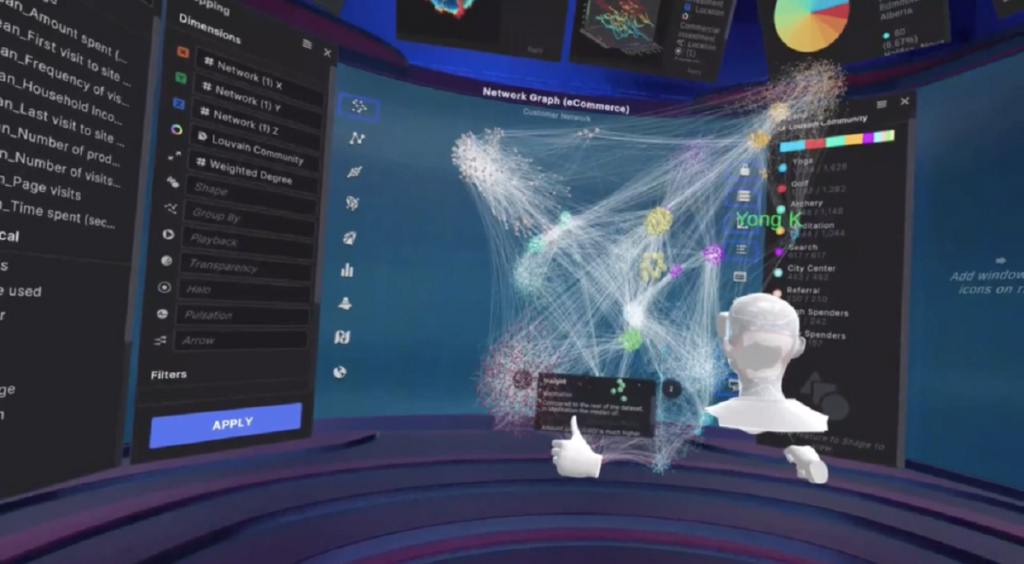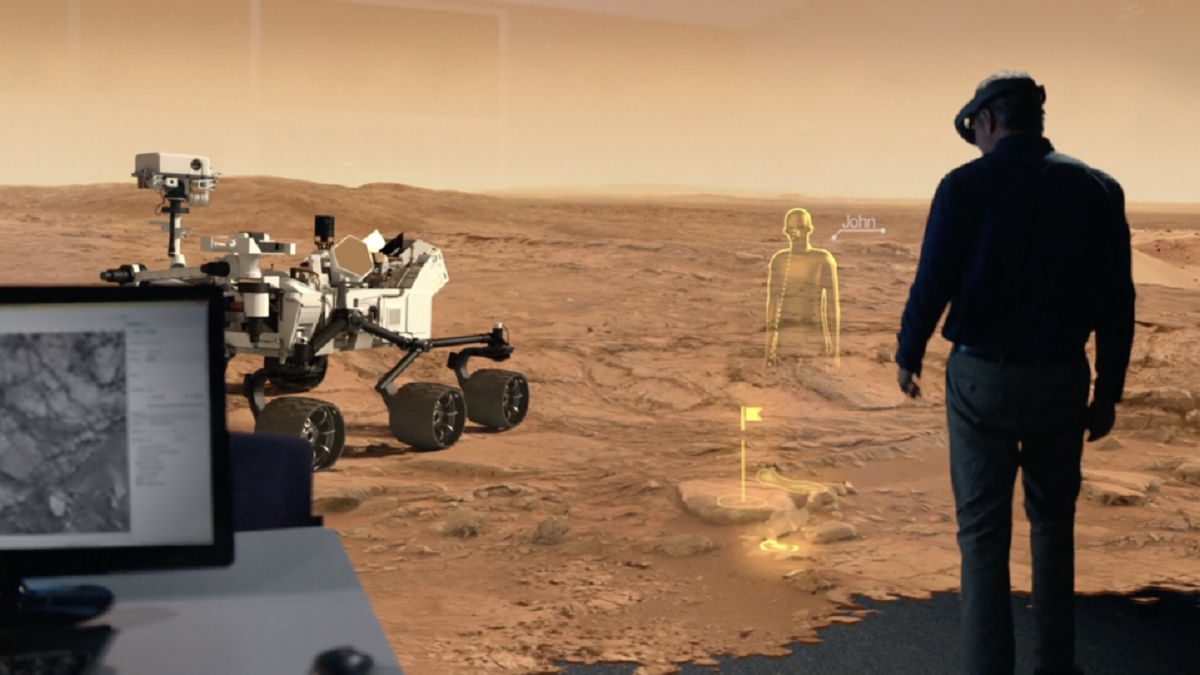NASA has been at the forefront of VR technology for nearly as long as the concept has existed. However, the VR space has experienced a renaissance since the days of bulky headsets in the 1990s. While numerous prominent companies currently utilise VR for immersive video games and virtual chat rooms, some recognise that this technology holds potential beyond entertainment purposes.
For decades, NASA’s Jet Propulsion Laboratory in Southern California has been working to enhance data visualisation techniques. When receiving pictures from distant worlds, scientists often rely on panoramic photos to survey the environment, but this approach has its limitations. Evaluating distances becomes challenging when observing a flat image.
Scott Davidoff, manager of the Human Centered Design Group at NASA’s JPL said, “Looking at pictures on a screen is a much different experience to walking through a canyon.” Davidoff commenced VR experiments using image data from the Curiosity rover on Mars. Prior attempts were made to address the visual distance issue, such as employing 3D imagery that required red and blue-filtered glasses, but none of these methods truly conveyed the sensation of being present in the environment.
NASA writes that both Davidoff and his colleagues, “Decided to wrap the panorama around the scientist in a virtual environment. Geologists using VR in this way reported feeling like they were in the real Martian environment. They could ascertain the distance and size of features much more quickly and accurately than they could with a flat display, which sparked another idea.”

Navigating new frontiers
Davidoff believed that if VR-based image viewing proved beneficial, it could be a revolutionary approach for handling more intricate “multi-dimensional” data.
“When you look at a network diagram as a system in 3D, it turns out your perception does something different,” Davidoff said. “We made a data world where an analyst could look at any science or engineering problem and see patterns and correlations more clearly than they can in a flat version.”
Simultaneously, at the California Institute of Technology (Caltech), Ciro Donalek and George Djorgovski were investigating the application of immersive environments for scientific data visualisation and collaboration.
The trio joined forces to develop software that uses 3D visualisations to analyse relationships between data points. Similar to how viewing a three-dimensional Martian panorama enhances interpretation, observing data in virtual space simplifies the identification of correlations.
In 2016, Donalek, Djorgovski and new CEO Michael Amori obtained an exclusive license from Caltech, which oversees JPL. They co-founded Virtualitics in Pasadena, California, with Davidoff providing advisory support. The team has been expanding the software by incorporating AI features, enabling the system to identify patterns and relationships in the visualised data.
Speaking as CTO of Virtualitics Donalek said, “We call it intelligent exploration. You’re using AI and 3D visualisations to quickly identify drivers and relationships in your data, and drive understanding in ways 2D graphs aren’t capable of. You can start getting insights from your data right away because it’s literally drag and drop.”
The software is compatible with both desktop and VR, supporting various popular headsets. Although the platform is versatile and suitable for use wherever there is a substantial amount of data, its primary applications currently lie in banking, retail and medical research.
Isa Muhammad is a writer and video game journalist covering many aspects of entertainment media including the film industry. He's steadily writing his way to the sharp end of journalism and enjoys staying informed. If he's not reading, playing video games or catching up on his favourite TV series, then he's probably writing about them.



































